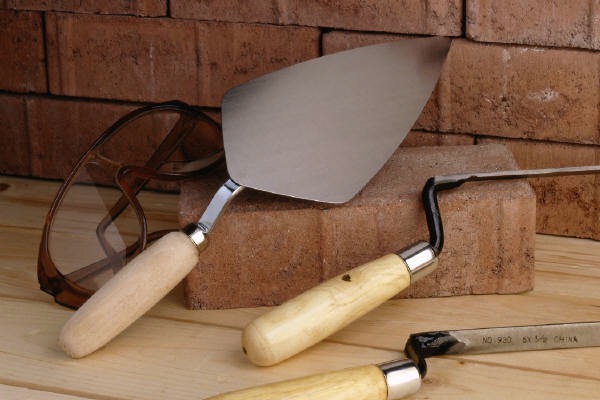Sep 01, 2012 01:06 PM Filed in:
Did You Know?
Tools of the Trade
Okay, this is not a gear-geek column (but you fellow geeks can find a little tech talk in the next section "Dynamix Tech Notes"). But rather, a primer on why and how we make our choices for certain audio production equipment. As a part-time educator, I'm often asked by budding filmmakers, "What kind of equipment should I buy?" It's often paired with "How much will it cost?" It's a valid question. My response is usually, "What do you want the gear to do?" If you want to spend next to nothing and use it occasionally, then sound quality and durability will suffer. If you want to cart it around every day and have decent sound quality, it will cost you.
It reminds me of the old joke about the rich city guy whose car breaks down in the country on a hot and muggy summer day. He remembered passing a gas station several miles back with a sign "Mechanic On Duty," so he slogged his way to the station on foot. A few hours later, the now sweaty and tired city guy found the gas station, along with the county's only mechanic leaning back in his chair on the front porch of the gas station. The mechanic peared from under his "Cat Diesel Power" hat surveying the man's three-piece suit, Italian loafers, and bulging wallet. "My Lincoln broke down," huffed the city guy. "I'm in a hurry and need it fixed." The mechanic gazed at him. "Have you ever worked on a Lincoln?" the city guy smuggly asked. Without saying a word, the mechanic merely pointed to the sign on his wall:

You can't have it all, it just doesn't work that way. The same goes for our tools. Cost is always a consideration, but sometimes you have to bite the bullet and spend more than you want to. There's always the ROI (Return On Investment) ratio that you look at. But more importantly, you ask "will it perform?" They say that football is a game of inches, and so is professional audio. That $75 microphone that's trying to look, feel and sound like a $2,500 microphone may fool some, but in the end it's just another gimmick. Which one will last 40 years? Which one will not distort? Which one will be truly faithful to the sound you put it in front of?
Now we're not gloating about how expen$ive all our gear is, we economize where we can like everybody else. We're just pointing out that we always endeavor to use tools that are industry benchmarks and deliver uncompromising quality. That way, failure of equipment during the creative process is an afterthought, not an overriding apprehension.
Dynamix Tech Notes
Buying microphones is kind of like buying beer. There are times when you want a highly-crafted dark bock beer with Canadian hops to enhance that medium-rare ribeye steak you just grilled. But after cutting the lawn? A cheap PBR will do. But what's the consequence of buying a cheap mic? You get what you paid for...usually. If you bought a $75 microphone twenty years ago, it was C-H-E-A-P. Today, that's not always the case. Because of low-cost Asian manufacturing costs, "cheap" microphones have flooded the market. In order to compete, many long-standing microphone makers have been forced to send their low end offerings out to be built in Asia. The microphone design is usually good, and if the designer oversees manufacturing quality, then the performance and durability can be quite good. This boom in cheap manufacturing has also created many new small companies that send 100% of their manufacturing to Asia. But buying one of these mics is a crap shoot on build quality.
Just about every classic microphone has been copied, like the venerable Shure SM58, the handmade workhorse Neumann U-87 (of which we have two - Watch how the U-87 is made), and many classic tube mics. Don't want to spend $4,500 for that classic U-87 look? How about $200? It won't sound like one, but it will look good on that mic stand.
I've even been enticed to buy a couple of low-cost U-87 knockoffs. They actually sound pretty good on their own and function very well for interviews or instrument fills in an orchestra. But next to the U-87, they fail. Why expect a Trappist Ale taste from a can of Miller Lite? You shouldn't if you're just here to party.
Neil Kesterson





